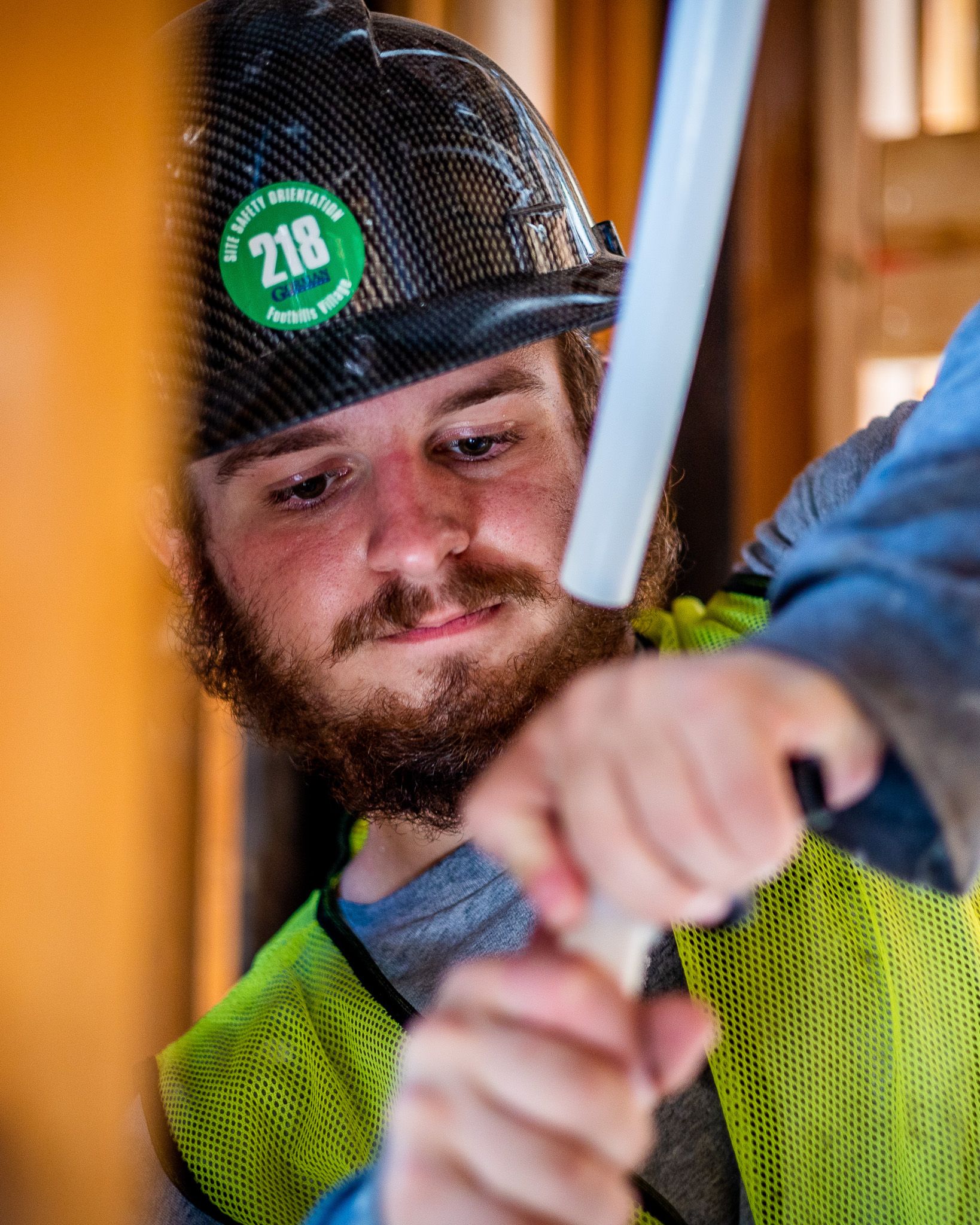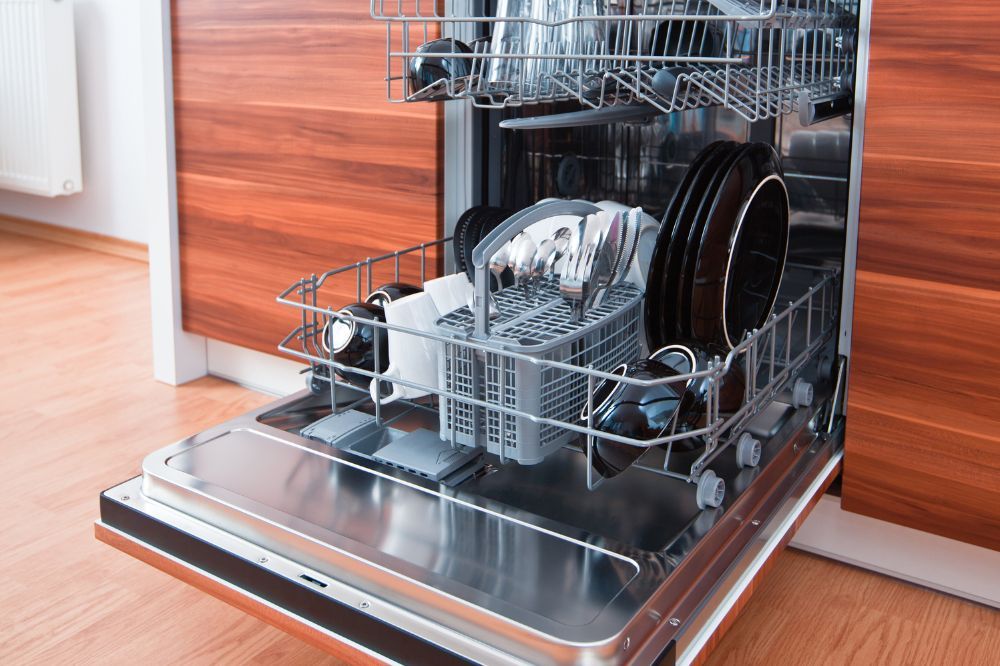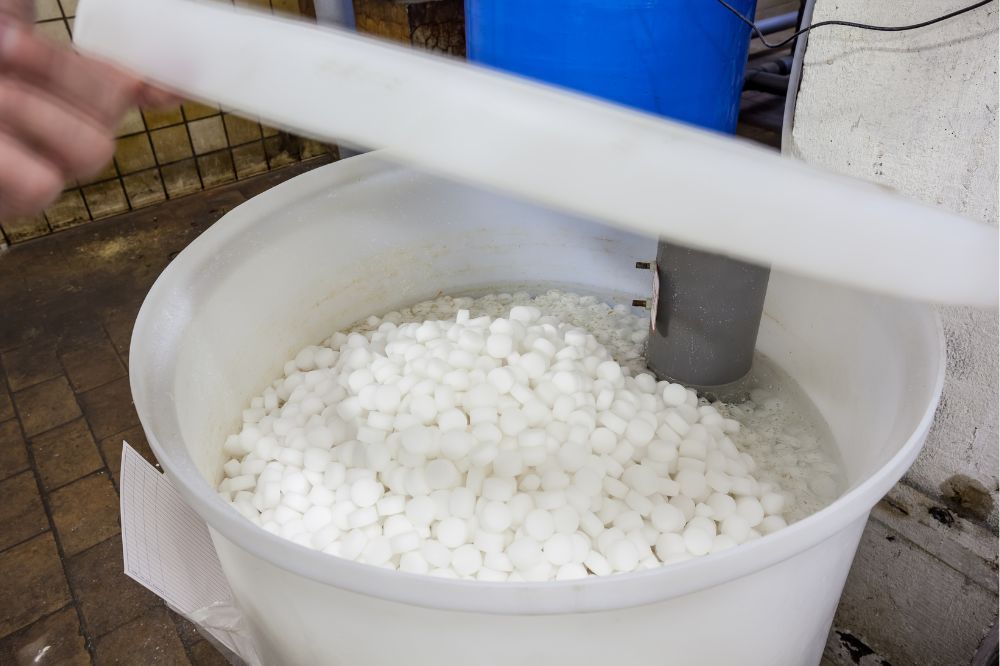Why Phoenix Businesses Trust Us for Commercial Repiping and Plumbing Repairs
In today’s fast-paced business environment, reliable plumbing isn’t just a convenience—it’s a necessity. At Arizona Integrity Plumbing, we understand that commercial properties require robust, long-lasting plumbing solutions to prevent costly downtime and disruptions. Our expertise in commercial repiping and plumbing repairs has made us the trusted choice for businesses across Phoenix, AZ. In this extensive guide, we’ll explore why Phoenix businesses consistently choose our services, how we address commercial plumbing challenges, and the benefits of partnering with a team that truly cares about your operations.
Specialized Expertise in Commercial Plumbing: Unmatched Skills for Phoenix Businesses
Commercial properties demand a higher level of precision and reliability when it comes to plumbing. At Arizona Integrity Plumbing, our team is uniquely trained to handle the intricate challenges of commercial plumbing projects. We work on everything from modern office buildings and restaurants to expansive warehouses and multi-family complexes. Our in-depth expertise ensures that we not only meet but exceed the rigorous demands of commercial plumbing.
Our technicians are exceptionally skilled in:
- Assessing Complex Plumbing Systems: We conduct thorough diagnostics using state-of-the-art tools to understand the unique layout and challenges of your commercial property.
- Navigating Commercial Building Codes and Regulations: We ensure every project complies with local and state codes, avoiding costly fines and delays while prioritizing safety.
- Designing Efficient, Scalable Plumbing Solutions: Whether it’s a large-scale repiping project or critical system repairs, we design solutions that are both efficient and capable of growing with your business.
Proven Track Record and Extensive Experience: The Backbone of Our Success in Phoenix
At Arizona Integrity Plumbing, our decades of hands-on experience and consistent, high-quality work have established us as the premier commercial plumbing experts in Phoenix, AZ. Our portfolio speaks volumes—we’ve successfully completed hundreds of commercial repiping and plumbing repair projects for businesses ranging from multi-story office buildings to bustling retail centers. Our expertise allows us to navigate the unique challenges of the Phoenix climate and regulatory environment, ensuring every project is tailored for long-term durability and efficiency.
- Hundreds of Successful Projects: Our extensive experience covers everything from full-scale repiping to critical emergency repairs. Our track record demonstrates our ability to handle even the most complex plumbing challenges with precision and speed.
- Consistently Rave Client Feedback: Our customers consistently praise our quality, efficiency, and professionalism. Visit our Customer Reviews page to see why businesses across Phoenix rely on us for all their plumbing needs.
- Deep Local Expertise: We understand the unique demands of commercial properties in Phoenix—from hard water issues to temperature fluctuations—allowing us to deliver solutions that are both cost-effective and resilient.
- Reliability and Trust: Our commitment to using premium materials like PEX and copper, combined with transparent pricing and thorough project management, ensures that every job we undertake meets the highest standards of quality and safety.
Minimizing Downtime and Business Disruption
A plumbing emergency in a commercial setting can bring operations to a standstill. That’s why we prioritize efficiency and minimal disruption in every project we undertake.
- Strategic planning and scheduling ensure work is completed outside of peak business hours
- Quick response times for emergency repairs reduce operational downtime
- Our non-invasive methods and cleanup protocols leave your workspace as pristine as before
Cutting-Edge Technology and Advanced Diagnostic Tools
We invest in state-of-the-art technology to diagnose issues accurately and implement effective repairs. Our advanced leak detection systems and diagnostic tools allow us to:
- Identify hidden leaks without disruptive excavation
- Assess the condition of pipes quickly and accurately
- Develop precise repair and repiping plans tailored to your commercial property
Our technical expertise ensures your business enjoys long-term, reliable plumbing performance.
Premium Materials for Long-Lasting Results
We believe in using only the best materials for our commercial projects. Our use of high-quality PEX, copper, and other durable piping materials guarantees that the solutions we provide will stand the test of time.
- Durable materials that resist corrosion and damage
- Improved water flow and efficiency across your property
- Reduced maintenance costs and fewer repairs over time
Transparent Pricing & Cost-Effective Solutions: Smart Investments for Your Business
At Arizona Integrity Plumbing, we understand that every dollar matters when it comes to running a business. That’s why we provide clear, upfront pricing with no hidden fees, no surprises—just honest, competitive rates that deliver exceptional value for your commercial plumbing needs. Our goal isn’t just to complete a job; it’s to help your business save money in the long run by providing durable, long-lasting plumbing solutions that eliminate recurring repairs and unexpected costs.
What Makes Our Pricing Stand Out?
- Upfront, Detailed Estimates: Before any work begins, we provide a transparent, itemized breakdown of costs so you can make an informed decision.
- Competitive Pricing Without Cutting Corners: We use premium materials and expert craftsmanship while still keeping costs reasonable.
- Long-Term Cost Savings: Our high-quality plumbing services prevent frequent breakdowns, water waste, and skyrocketing repair costs over time.
- No Hidden Fees—Ever: What we quote is what you pay. We believe in full transparency, ensuring businesses can budget with confidence.
Comprehensive Commercial Plumbing Services Under One Roof
At Arizona Integrity Plumbing, we provide a full spectrum of commercial plumbing services designed to simplify your projects and maximize efficiency. Our one-stop-shop approach means you only need one trusted partner for everything—from complete diagnostics and repair to full-scale repiping and meticulous restoration. We handle every detail, reducing vendor management and streamlining project coordination for your business.
Our comprehensive services include:
- Complete Diagnostic and Repair Services: Utilizing state-of-the-art tools, we detect hidden issues and provide precise repairs to keep your system running optimally.
- Full Repiping Solutions: We offer robust, long-lasting repiping for large-scale commercial systems using high-quality PEX or copper, ensuring enhanced water pressure and reliability.
- Drain Cleaning & Water Heater Repairs: Our expert team tackles clogs, maintains drainage systems, and performs water heater repairs to improve efficiency and cut down on downtime.
- Gas Line Installations & Repairs: Safety is paramount; we ensure secure, code-compliant gas line services that protect your business and employees.
- Restoration Services: Post-repair, we restore your property with professional drywall repair, painting, and finishing, leaving your space pristine and fully functional.
Trust Arizona Integrity Plumbing to deliver seamless, expert commercial plumbing solutions that keep your business operating without disruption.
Exceptional Customer Service and Ongoing Support: Our Promise to Phoenix Businesses
At Arizona Integrity Plumbing, we understand that commercial plumbing projects demand more than just technical expertise—they require exceptional customer service and ongoing support that ensures your business runs smoothly long after the project is completed. Our commitment to personalized service means we’re with you every step of the way, from the initial consultation through the final walkthrough and beyond.
We take pride in our transparent communication and responsive support, which include:
- Personalized Consultations: We listen to your unique needs, assess your property’s challenges, and develop customized solutions tailored specifically for your business.
- Regular Updates: Our team keeps you informed with clear, consistent updates during every phase of your project, ensuring there are no surprises.
- Dedicated Support: Whether it’s a follow-up question or additional maintenance, our customer service team is always ready to assist you with prompt, friendly, and expert advice.
- Post-Project Follow-Up: We don’t just complete a project and disappear. Our ongoing support includes post-project inspections and maintenance recommendations to ensure your plumbing system continues to perform at its best.
By prioritizing exceptional customer service and long-term support, we not only solve immediate plumbing problems but also build lasting relationships with our clients. This dedication to service has earned us the trust of countless businesses in Phoenix and Maricopa County. Our goal is to provide you with a seamless, worry-free experience that keeps your operations running efficiently and your facility in top condition.
If you’re looking for a plumbing partner that truly cares about your business and offers unparalleled support, Arizona Integrity Plumbing is here for you.
Licensed, Insured, and Fully Compliant: Our Commitment to Safety and Quality
At Arizona Integrity Plumbing, safety and compliance aren’t optional—they’re the foundation of our service. Our team is fully licensed, insured, and certified to meet and exceed all local and state plumbing codes in Phoenix, AZ. This commitment guarantees that every repair, repipe, or plumbing project we undertake is executed with the highest standard of professionalism and safety.
- Licensed Professionals: Our technicians undergo rigorous training and hold all necessary licenses, ensuring you receive expert, code-compliant service.
- Comprehensive Insurance: We carry full insurance to protect your property and provide peace of mind, knowing that any unforeseen issues are covered.
- Strict Compliance: We adhere to all local and state regulations, guaranteeing that our work is not only high-quality but also safe and legal.
- Quality Assurance: Our fully compliant approach ensures long-lasting results and prevents future problems, giving your business a reliable plumbing system that stands the test of time.
Real-World Success: Stories from Phoenix Businesses
Our clients across Phoenix have experienced first-hand how our commercial plumbing solutions make a difference.
- Improved operational efficiency and reduced water waste
- Significant cost savings from fewer repairs and maintenance issues
- Enhanced property value and tenant satisfaction
Secure Your Business’s Plumbing Future Today!
When your commercial property faces plumbing challenges, every moment of downtime costs money. At Arizona Integrity Plumbing, we don’t just fix leaks—we provide comprehensive, long-term solutions that keep your business running smoothly. Our expert team, state-of-the-art technology, and full-service approach ensure that your plumbing system operates at peak efficiency, protecting your property and your bottom line.
Consider the benefits of partnering with us:
- Reduced Downtime: Fast, efficient repairs mean your business experiences minimal disruption.
- Cost Savings: Preventing recurring issues with high-quality repiping and repairs saves you money in the long run.
- Enhanced Efficiency: Upgrading to modern, durable piping improves water pressure and overall system performance.
- Increased Property Value: A state-of-the-art plumbing system is a major selling point for commercial properties.
We believe in transparent, upfront pricing with no hidden fees, so you know exactly what to expect. Our licensed, insured, and fully compliant team is dedicated to delivering top-tier customer service from the initial consultation to the final walkthrough. For more details on our full range of services, visit our Plumbing Solutions and About Us pages.
If your business is experiencing plumbing issues or you’re planning a major upgrade, contact Arizona Integrity Plumbing today for a free consultation and secure a reliable, cost-effective plumbing system that lasts for decades.



























 How to Know If It’s Time to Call Us in Phoenix, AZ
How to Know If It’s Time to Call Us in Phoenix, AZ





